Report this entry
More from the same community-collection
El Paso Street in 1940s - El Paso, Texas
The image shows El Paso Street in the 1940s. To the right, the ...
Looking at the Farah Manufacturing Timeline
Looking at the Farah Manufacturing Timeline: Inside of the ...
Pancho Villa & his Wife, Luz Corral Villa
Mayor Tom Lea arrested Luz Corral Villa for arms smuggling ...
Douglass Historical Marker Dedication
Douglass Historical Marker Dedication Historians, dignitaries, ...
Douglass Historical Marker Dedication
Doris Gary in front of historical marker during the dedication ...
Douglass Historical Marker Dedication - El Paso, Texas
Photo: McCall Neighborhood Center Manager Barbara Byrd and Doris ...
Douglass Historical Marker Dedication
Cephus S. "Dusty" Rhodes and his wife( Rebecca Rhodes) at the ...

















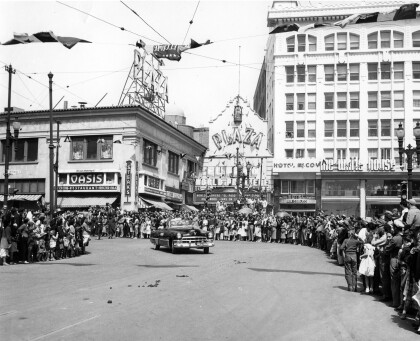
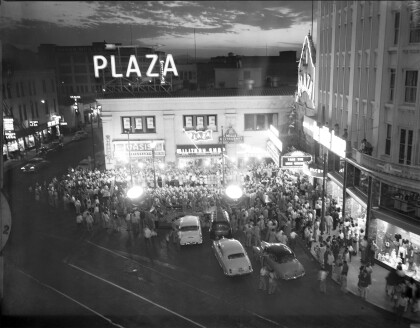
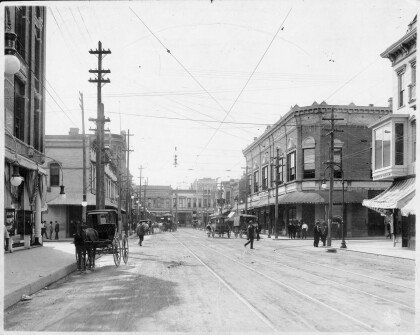
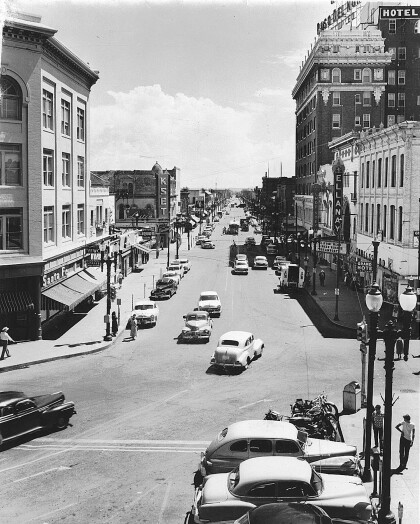

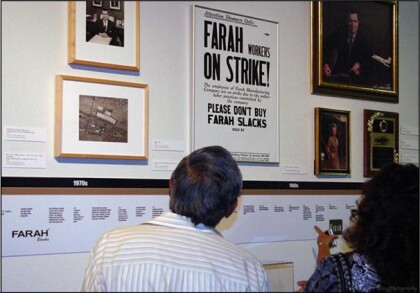
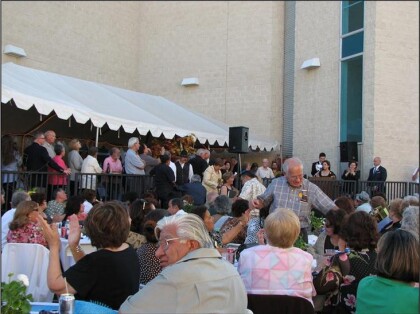

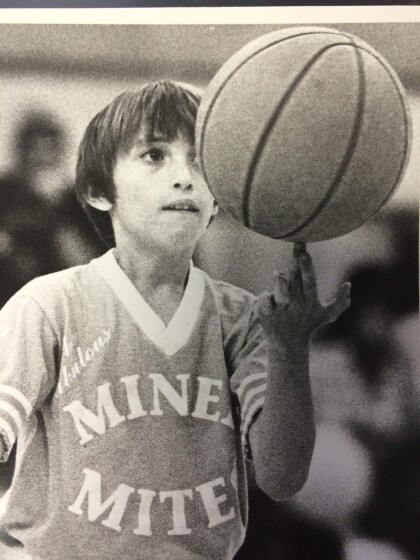
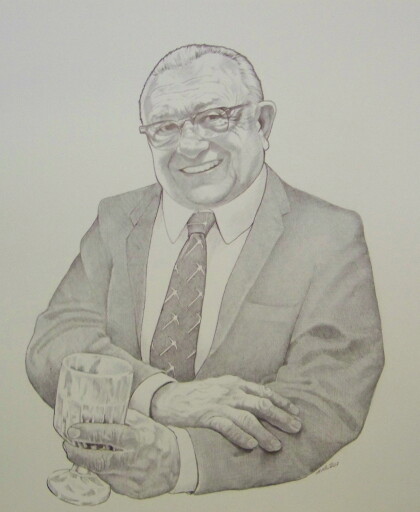
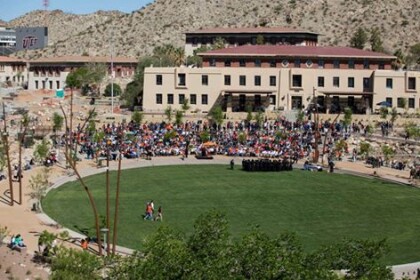
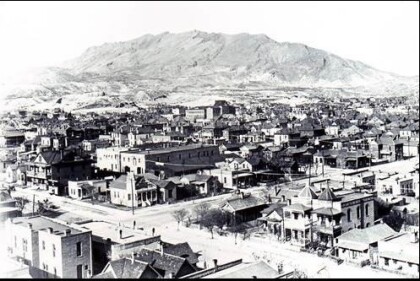
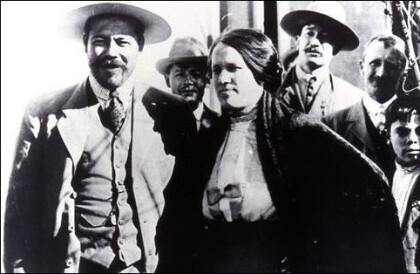
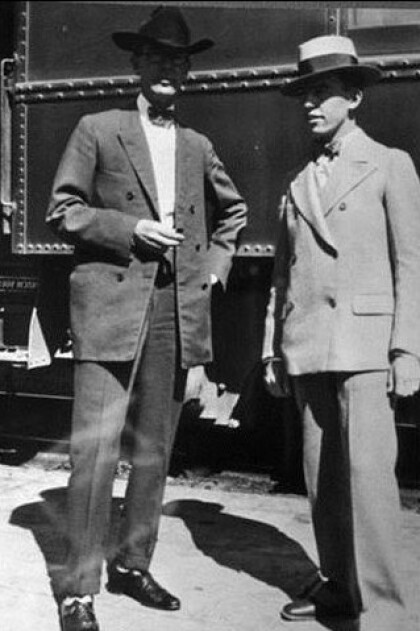
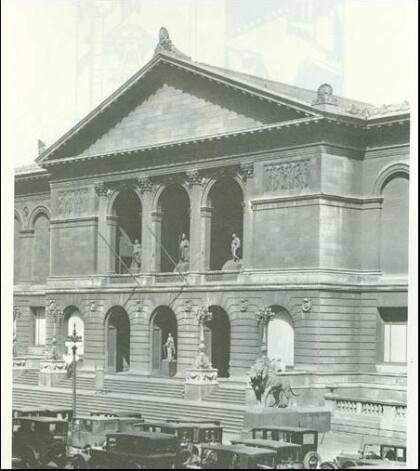

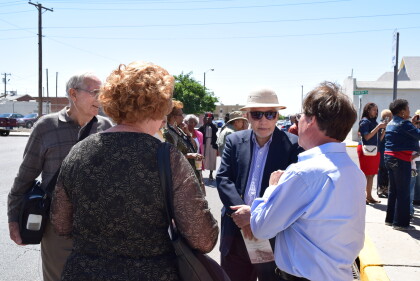
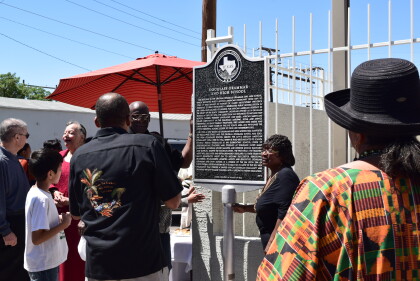
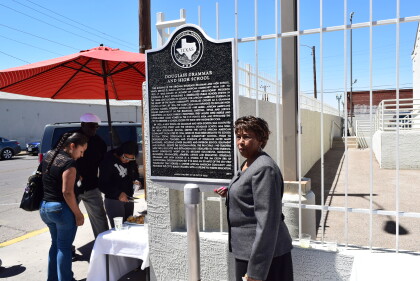
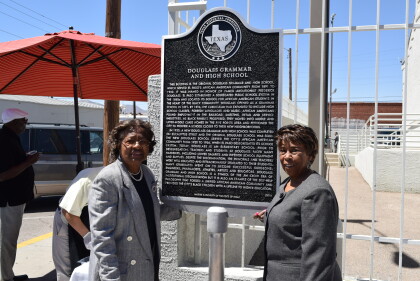
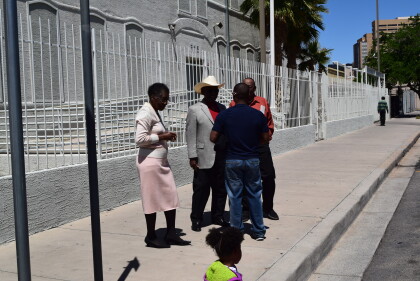
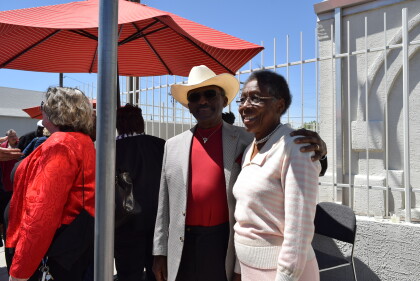
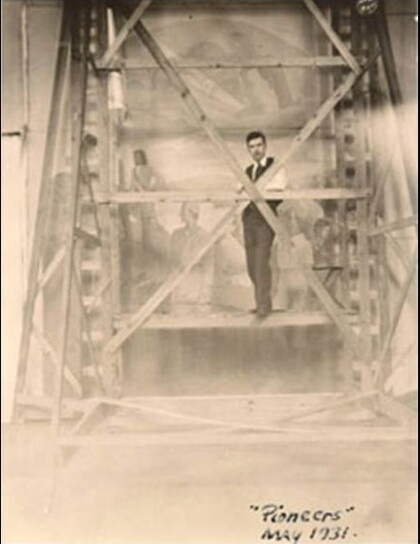
Comments
Add a comment